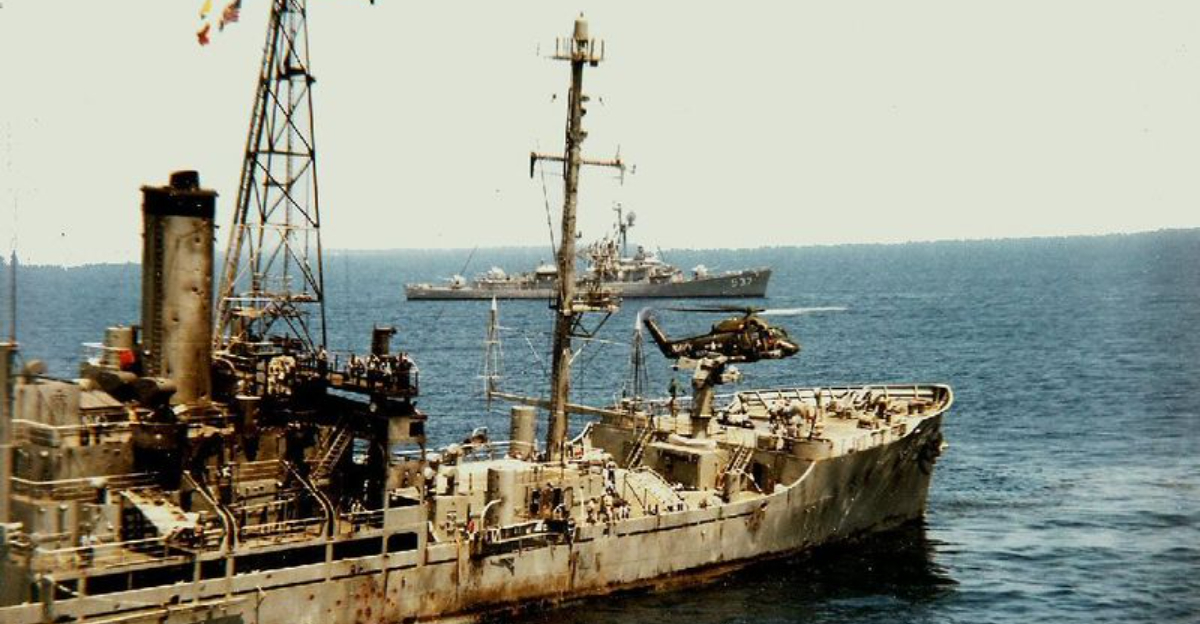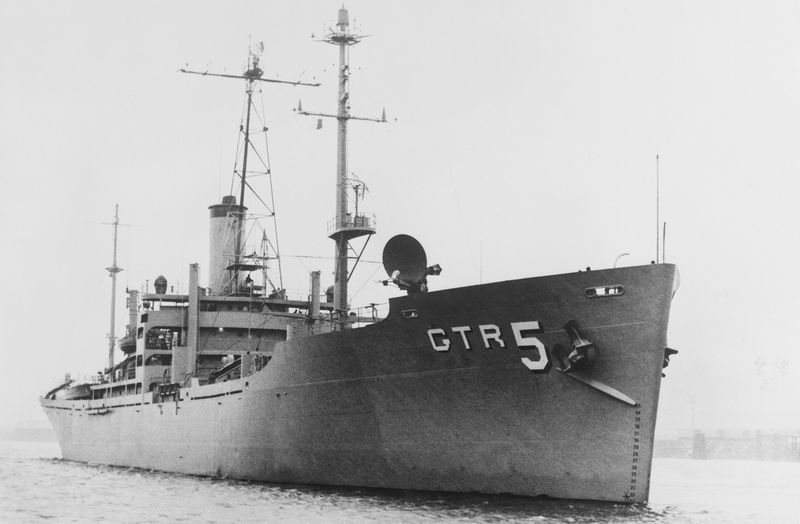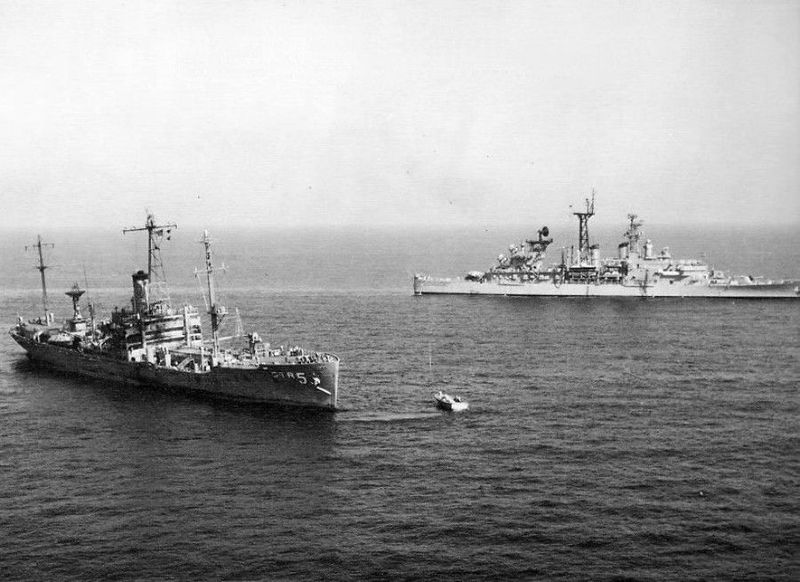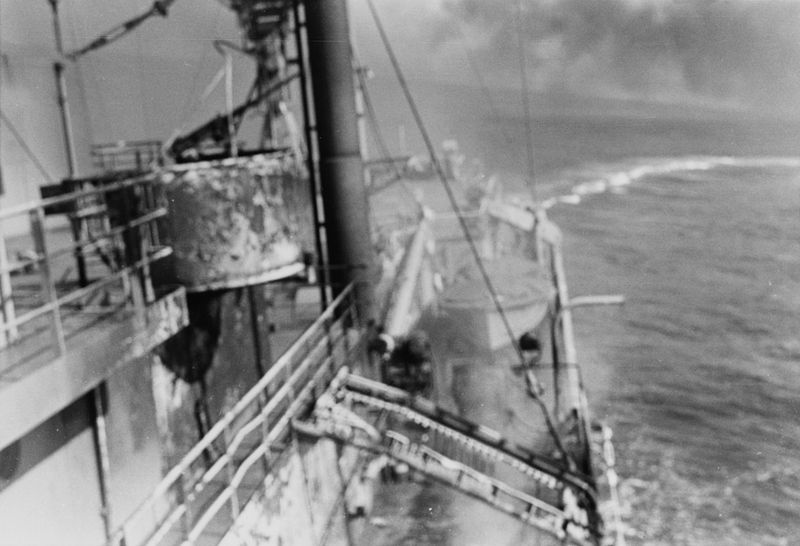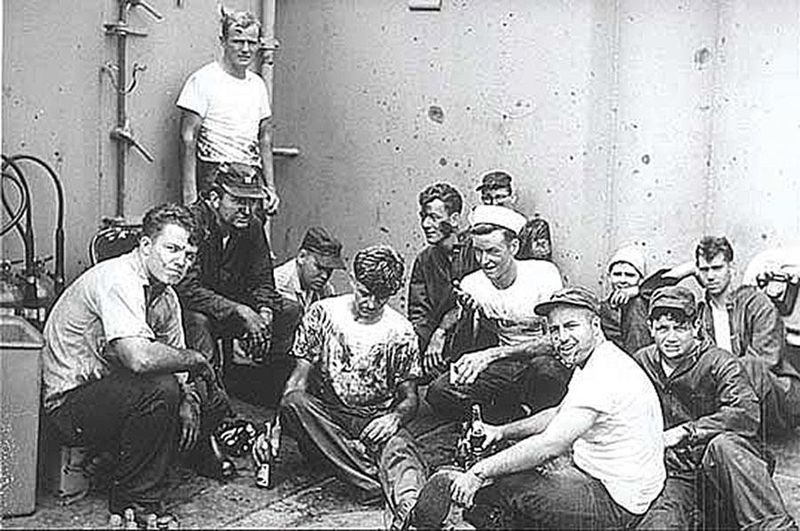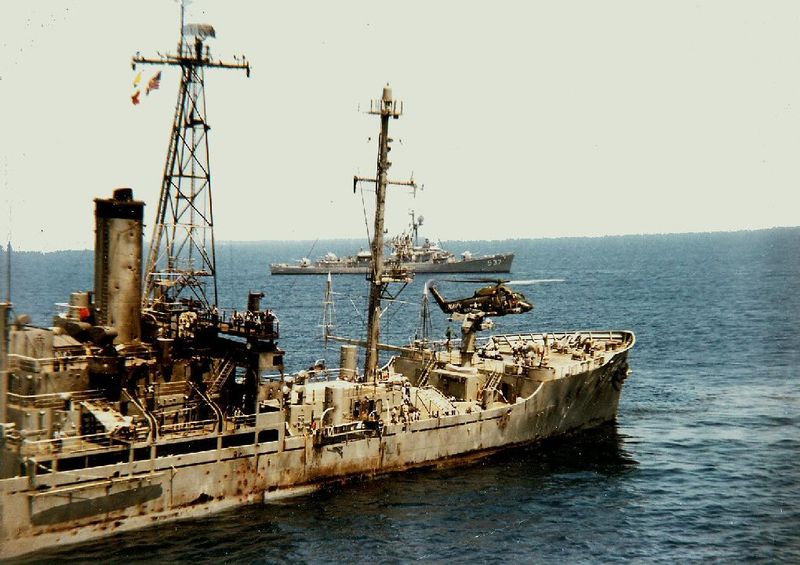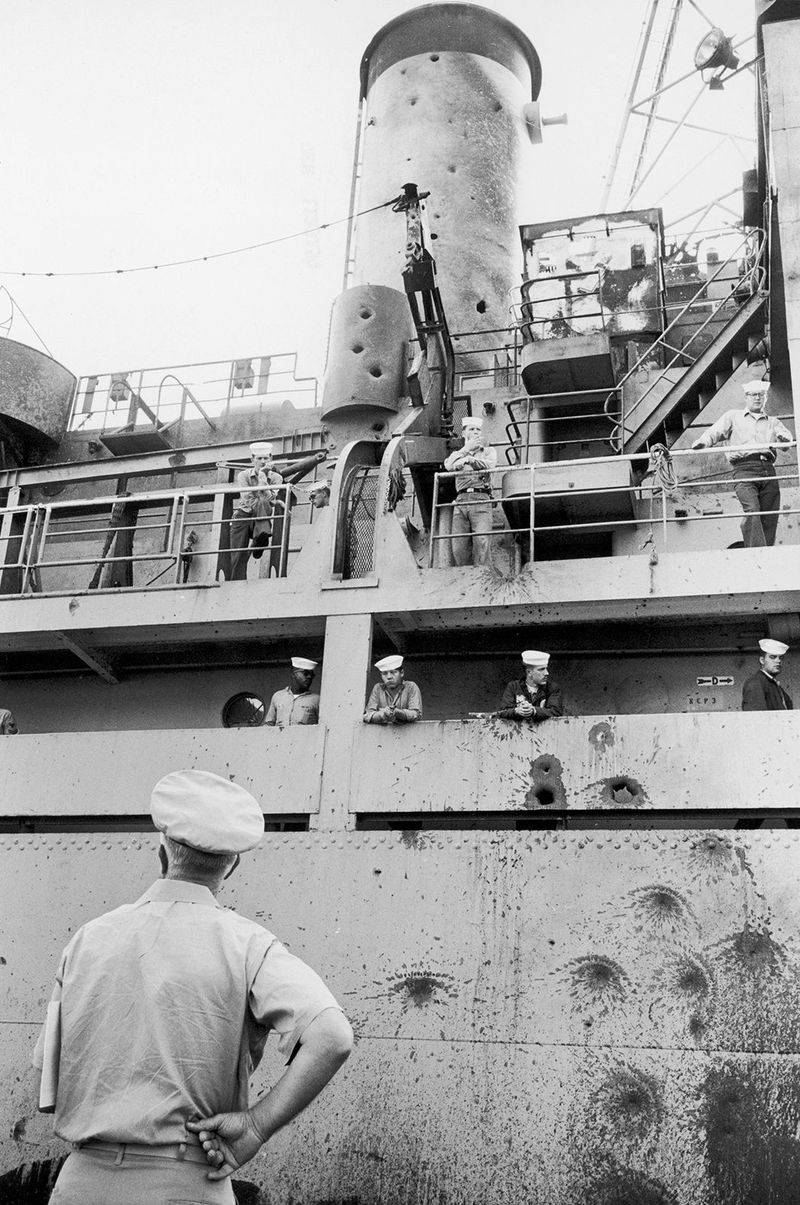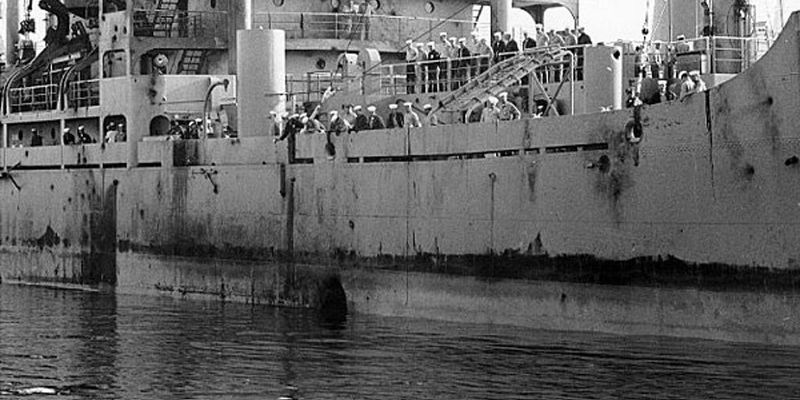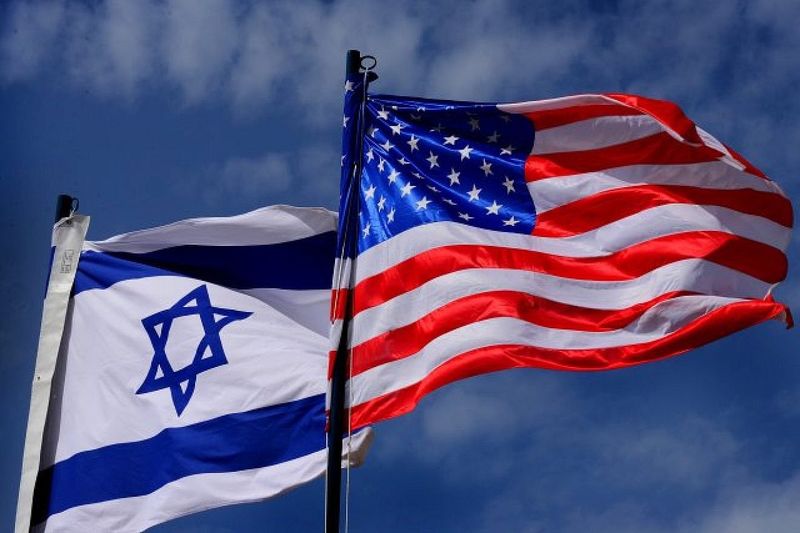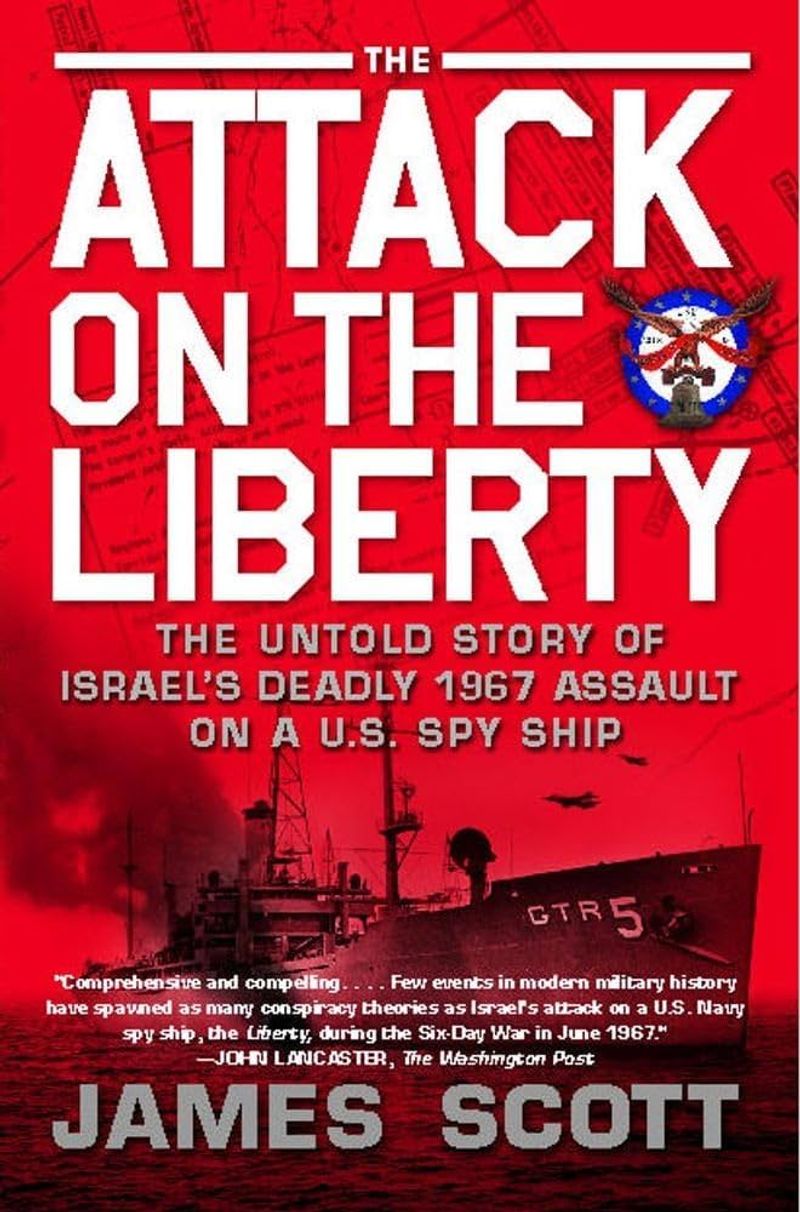Explore the harrowing events of June 8, 1967, when Israeli forces attacked the USS Liberty, a U.S. Navy technical research ship.
Discover key facts surrounding this controversial incident, which resulted in casualties, investigations, and ongoing debate.
This blog post delves into the attack, its aftermath, and its lasting impact on U.S.-Israel relations.
1. Date of Incident: June 8, 1967, during the Six-Day War.
Back on a sunny day of June 8, 1967, amidst the intense backdrop of the Six-Day War, an unexpected storm brewed over the Mediterranean. As the USS Liberty sailed through calm waters, history took a shocking turn.
Suddenly, the sky roared with the sound of aircraft. It was a day that would etch itself into the annals of naval history.
The incident took place during a regional war involving Israel, Egypt, Jordan, and Syria, adding layers of complexity to an already tense geopolitical situation. This date is now a poignant reminder of the fragility of peace.
2. Vessel Involved: USS Liberty, a U.S. Navy technical research ship.
The USS Liberty was not just any vessel; it was a sophisticated U.S. Navy technical research ship. Equipped with high-end surveillance technology, it sailed under the American flag with a mission of intelligence gathering.
Positioned in international waters, Liberty was a silent observer, yet quickly transformed into the center of international controversy. The ship’s robust design aimed to withstand challenges of the open sea, but it found itself vulnerable to an unexpected foe.
3. Nature of Attack: Carried out by Israeli Air Force and Navy forces using aircraft and torpedo boats.
The attack unleashed on the USS Liberty was swift and fierce, involving Israeli Air Force jets and Navy torpedo boats. Picture a scene of chaos as aircraft swooped down from the sky, unleashing a barrage of gunfire.
Smoke billowed from the ship as torpedoes sliced through the water with deadly precision. It was an unexpected assault, catching the crew off-guard.
Despite the violence, their resolve was unyielding. The coordinated attack reflected a level of precision and intensity that left an indelible mark on the survivors and history alike.
4. Casualties: 34 crew members were killed and 171 were wounded during the attack.
In the wake of the attack, the grim toll was evident: 34 brave crew members lost their lives, and 171 others were left wounded, forever changed by the tragic events. The ship itself bore the scars, a silent testament to the violence endured.
For the survivors, the memories are vivid—a mix of chaos, courage, and camaraderie. The human cost was immense, impacting families and communities back home.
Their sacrifice is honored with heartfelt tributes, ensuring their stories and the lessons of that day continue to resonate through generations.
5. Israeli Explanation: Israel claimed the attack was a case of mistaken identity, believing the ship was an Egyptian vessel.
Following the attack, Israel quickly issued an apology, citing mistaken identity as the cause. The official stance described how the USS Liberty was misidentified as an enemy Egyptian vessel.
Diplomatic channels buzzed with activity as both nations sought to make sense of the tragic mistake. The explanation, however, was met with skepticism by many, sparking debates in government halls and public forums.
Despite the apology, the shadow of doubt lingered, fueled by discrepancies and unanswered questions. The narrative remains contentious, a pivotal point in the ongoing discourse.
6. U.S. Government Reaction: The U.S. accepted Israel’s explanation, although the incident sparked significant controversy and debate.
The U.S. government’s response was marked by a delicate balance of diplomacy and outrage. Officially accepting Israel’s explanation, the administration grappled with internal and public pressures demanding further scrutiny.
In corridors of power, debates raged over the appropriateness of the response. Many officials questioned whether justice had been served or diplomacy had triumphed over accountability.
The incident fueled heated discussions about foreign policy and allegiance, leaving a legacy of doubt and dissatisfaction. Public sentiment was torn, with calls for transparency clashing against political realities.
7. Investigations: Both U.S. and Israeli authorities conducted inquiries into the circumstances surrounding the attack.
In the aftermath, investigations were launched by both U.S. and Israeli authorities, each seeking to unravel the tangled web of events. Teams combed through evidence, scrutinizing communications and military decisions.
The process was meticulous, yet findings were controversial. Many questioned the thoroughness and conclusions drawn, suspecting political influences at play.
The investigations aimed to provide clarity, yet they often led to more questions than answers, leaving survivors and families yearning for closure. The quest for truth continues, as researchers and historians revisit the evidence even today.
8. Controversy: Many survivors and independent researchers argue that evidence suggests the attack may have been deliberate.
Controversy has shrouded the USS Liberty incident for decades. Survivors and independent researchers have tirelessly challenged the official narrative, presenting evidence they argue suggests a deliberate attack.
Eyewitness accounts, intercepted communications, and tactical analyses converge in a compelling counter-narrative. This perspective has fueled books, documentaries, and discussions, each adding layers to the debate.
The controversy underscores the complexity of the incident, highlighting the tension between political narratives and personal truths. As new generations examine the evidence, the debate remains as fervent as ever.
9. Impact on U.S.-Israel Relations: The incident strained relations and has remained a sensitive, unresolved issue in diplomatic discussions.
The USS Liberty incident cast a long shadow over U.S.-Israel relations, introducing strain into an otherwise robust alliance. Diplomatic cables buzzed with cautious language as both nations navigated the delicate aftermath.
Although alliances endured, the incident left a residue of distrust that resurfaced in subsequent negotiations. Over the years, it became a sensitive topic, often avoided in public dialogues but never truly forgotten.
The incident remains a poignant reminder of the intricacies of international relations, where moments of crisis can redefine partnerships and perceptions.
10. Legacy: The USS Liberty incident continues to be the subject of numerous books, documentaries, and debates over its true nature and motivations.
Decades after the tragic events, the legacy of the USS Liberty continues to captivate and confound. A wealth of books, documentaries, and articles seek to uncover the truth and honor those affected.
These works are filled with emotional narratives, dramatic recounts, and analytical dissections. The incident’s multifaceted nature ensures it remains a topic of interest for scholars, historians, and the public.
As time goes on, the Liberty’s story is retold, ensuring that its lessons resonate with new generations. The quest for understanding continues, as vibrant and relevant as ever.
